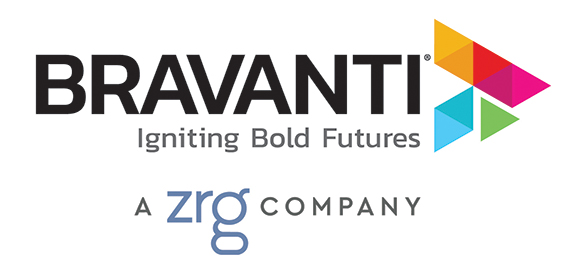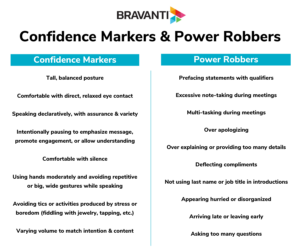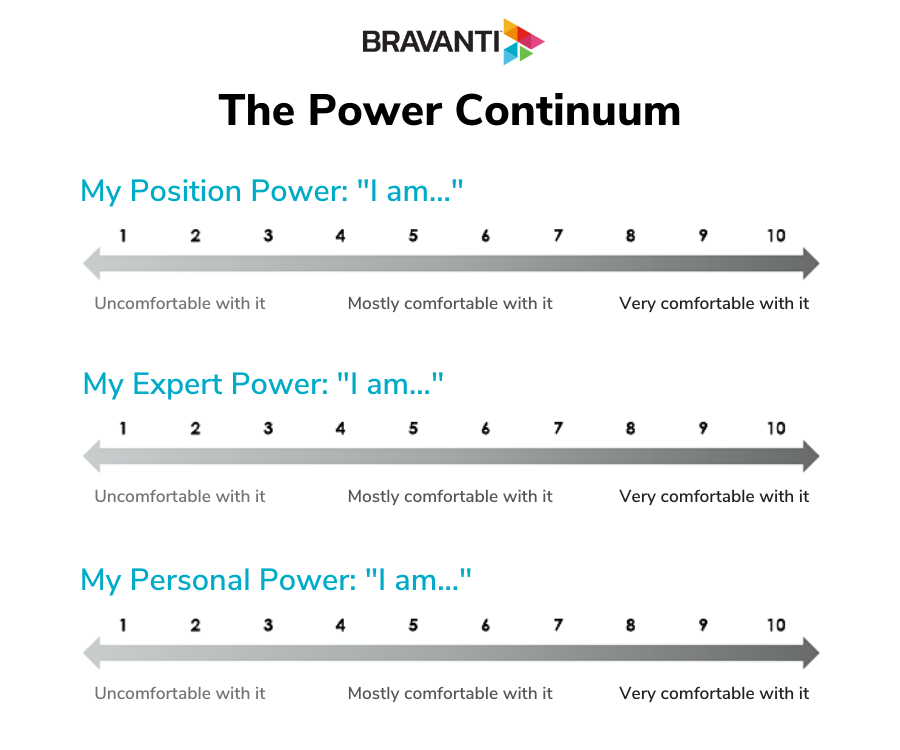Jackie was a rising star in her organization. She had the experience, the credentials, and the client list to become the next industry sector leader in the firm. We began our coaching work together as she approached the promotion process.
As we gathered feedback for her from peers, colleagues, and key influencers in the decision-making process, we learned just how valuable and respected Jackie had become and that her contributions were being noticed.
As we looked further, we noticed a pattern of feedback developing around her that, if addressed, could significantly increase her impact on the organization. If left to chance, it could derail her future prospects for advancement.
“She works hard and executes but I’m not sure I hear her point of view.”
“She sometimes defers to the more senior people in the group and we don’t know where she stands on the issues.”
“She doesn’t own her achievements and sometimes gives credit to others too quickly.”
With this feedback, Jackie was able to identify and address what was ultimately a confidence problem. She was robbing her own personal power by not stepping confidently into her abilities. It was showing up in subtle ways such as word choices, body language, and presentation.
This isn’t uncommon, especially among women. Even successful women in high-profile roles struggle with confidence problems. There is a confidence gap between women and men in the workforce and it’s one of the conundrums of women in leadership. Much has been written about it, and the “imposter syndrome” has been well documented.
What we showed Jackie is that personal power and confidence is not a feeling. Confidence is a set of specific behaviors that can be learned, practiced, and demonstrated.
Confidence Markers & Power Robbers
As former women executives ourselves, now coaches and leadership experts, we have performed extensive research on the topic of confidence, executive presence, and related behaviors. We’ve learned that there is a set of verbal and non-verbal behaviors women exhibit that create power personas, which indicate either the presence or lack of personal power and confidence. Some behaviors signify Confidence Markers while other behaviors act as Power Robbers.
Confidence Markers are positive expressions that convey self-possession and assurance. Power Robbers are the opposite, conveying doubt, trepidation, or uncertainty. These cues are often subconscious and altogether unknown to the self. With conscientious reflection, however, combined with feedback from peers, these verbal and non-verbal communications can be harnessed to create positive power personas that can improve and convey confidence.
Personal Power & the Power Continuum
We also worked with Jackie to understand her Power Continuum. In our work, we believe confident leadership comes to life in three distinct areas of power: Position Power – a title or level in an organization, Expert Power – subject matter expertise, and Personal Power – confidence and influential abilities.
The Power Continuum is an assessment tool we use with our female leaders which helps them to gauge their perceived power by indicating their comfortability within each of those power categories.
As part of this process, we encourage participants to consider self-reflecting questions such as:
- Do I project a poised, calm and composed demeanor?
- Do I take credit for my achievements?
- Do I speak up with my point of view?
- How adaptable am I to difficult situations?
We then work with the leader to devise a plan of action to address any areas of discomfort.
Cultivating Personal Power & Closing the Confidence Gap
Jackie’s experience is illustrative of a broader trend in the workplace. Women face unique challenges throughout their leadership journeys and recent research indicates it is only getting harder. In September 2020, LinkedIn released its Workforce Confidence Index, a survey examining men and women’s perspectives on the future. The results confirm a worrying trend in the COVID-affected workforce: Women are substantially less confident than men regarding their current jobs, finances, and long-term careers.
That same month, the Bureau of Labor Statistics reported a mass departure of women from the workforce. The month of September saw 865,000 women leave the U.S. workforce, four times more than men and nearly double the average monthly departures of women between March and September.
Between the Confidence Index, Bureau of Labor Statistics report, and a disturbingly high number of similarly negative reports, it’s easy to see why women might be feeling discouraged—but it doesn’t have to be this way.
By identifying and addressing her Confidence Markers and Power Robbers, and by assessing her position on the Power Continuum, Jackie stepped into her personal power by asserting her point of view more powerfully, presenting herself and speaking in a more polished way, and owning her achievements. By stepping into her personal power, she ultimately received the promotion she sought.
With more women in the workforce than ever before, it’s imperative that, like Jackie, each one has access to the tools and resources to empower her to step into her power. If we can manage that, we can alter the trend for women professionals everywhere for the benefit of society at large.
Content Related to Personal Power & the Confidence Gap
The Impact of Diverse, Equitable, & Inclusive Leadership



